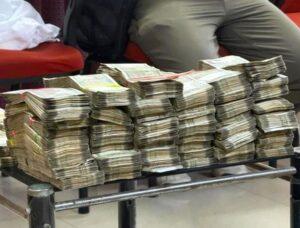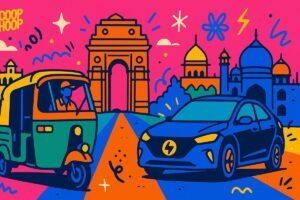Where are the “acche din” promised by Narendra Modi? At the end of two years, we still can’t give a straight answer to this one, for one tends to define “acche din” in personal terms. Is my income growing? Are prices stable? Can I finance my home? Are jobs easy to come by? Is my neighbourhood safer than before? Etc, etc.
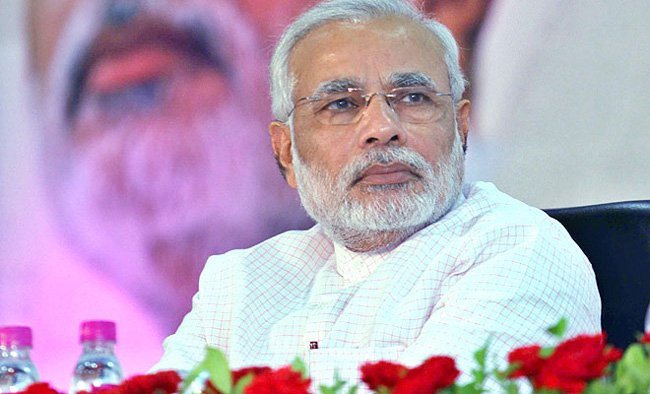
While Modi’s political rivals may taunt him on this, the arrival or non-arrival of “acche din” will ultimately be decided by the individual voter – in 2019. So there is time. A helicopter view of the government’s performance at the end of two years tells us that its political and economic position is better today than it seemed last year around this time.
At that time, the Modi government was in a political and economic tailspin, having just been thrashed by Arvind Kejriwal in Delhi, and with its legislative agenda trashed by gridlock in the Rajya Sabha. Calendar 2015 delivered more political blows and economic woes (a stunning Bihar defeat, an export crash, and huge red ink on bank balance-sheets, to name just a few).
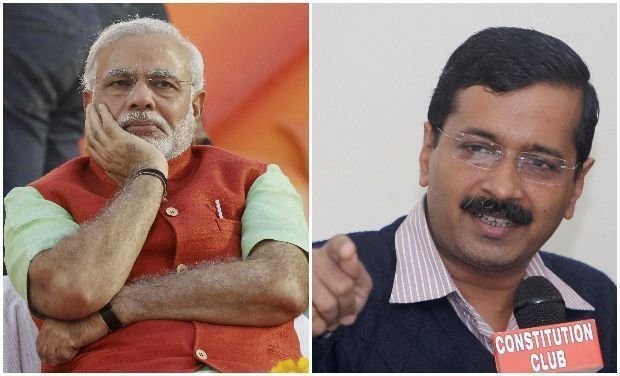
But as the second year draws to a close, the political and economic clouds appeared to be lifting. The electorate sent the Congress and its senior partners to the trashcan in Kerala, Assam, West Bengal and Tamil Nadu. There is light at the end of the tunnel.
If one were to sum up Modi’s first and second years in government in one sentence, it would be this: the first year appeared more successful that it actually was; the second was just the reverse.
Consider what happened in the first year: the National Judicial Appointments Bill was passed, the Coal Mines and Insurance Bills were legislated, diesel was deregulated, prices were brought down and the budget and current account deficits started falling, thanks to lower global oil prices. Politically, the BJP was winning state after state – Haryana, Maharashtra, Jharkhand, and Jammu & Kashmir.
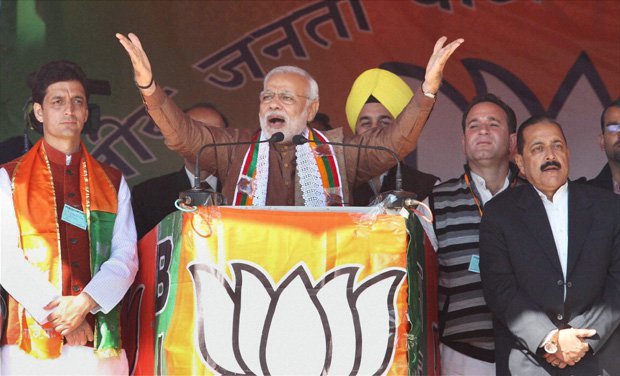
But the BJP couldn’t wish away its relatives. The Sangh Parivar chose the end of the year to talk nonsense on religious conversions and beef, scaring the daylights out of skittish minorities in a few short weeks. And before we knew it, the opposition was on fire, having found its unity in attacking government.
Barring a short period in the 2015-16 budget session, when Rahul Gandhi disappeared from public view, and the government got its insurance and coal bills passed, the Modi government lost control of both the economic and political agenda. The Land Acquisition Bill that most states were privately in favour of was sunk; the Goods and Services Tax Bill was in limbo, and politically the party was sliding, with rivals Nitish Kumar and Lalu Prasad plotting a gigantic defeat in Bihar later in the year.
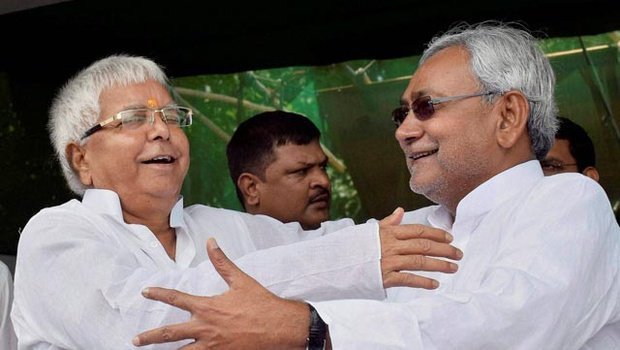
The NDA government’s first year in retrospect: it blew its honeymoon period, and by the time it finished savouring its political successes, it had taken its eyes off the economic ball. The first year also saw two flaccid budgets – one in July 2014, and another in February 2015 – despite the Viagra of the first single-party majority since 1984.
All governments have a learning curve, and what the Modi government didn’t learn in 2014-15 it finally did in 2015-16. The mistakes it made in the first year were the following: it failed to notice the deep mess India Inc and banks were in; it took the global oil bounty for granted, failing to see that the other side of this coin was a global economic slowdown, which impacted exports.
Politically, the BJP let its 282-seat majority go to its head. The first lesson in politics is that when one party becomes too powerful, the rest gang up. In a unipolar world, the big power has to divide to rule. Modi’s Parivar gave his rivals a reason to come together and that was his undoing in Year One.
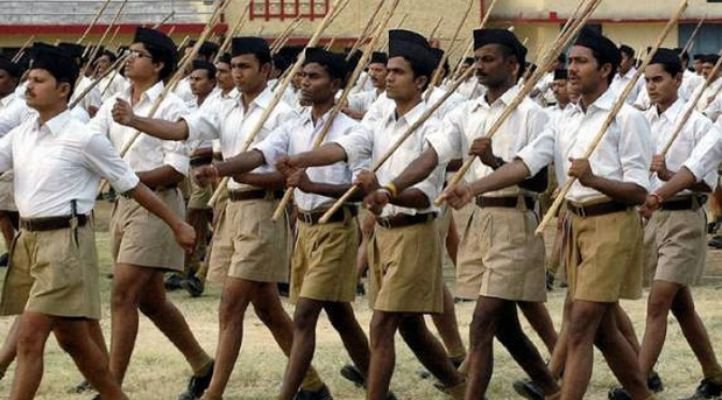
This was what Modi began correcting in his second year. The Parivar was asked to pipe down, and it largely did. While the government effectively abandoned the Land Acquisition Act changes, it cannily reframed the Aadhaar law as a “money bill”, thus removing the Rajya Sabha veto. It simultaneously reached out to political opponents to pass the Real Estate and Bankruptcy Code bills – all historic achievements. Stuck in the works in the GST Bill, but the Congress is already substantially isolated on this one. There is now a good probability of the bill passing in 2016-17, especially after the Congress party’s political defeats in Assam and Kerala. The opposition, having savoured victory, is less united than before.
Politically, the BJP came off its high horse, especially after the Bihar defeat. The party focused on developing local leadership to take on the Congress and other parties in the assembly elections. The move paid off in spades in Assam, and allowed it to become a third force in Kerala and (to an extent, in) West Bengal. Only Tamil Nadu was a major failure, but then there was never any chance that the BJP could make gains when the two Dravidian parties are around.
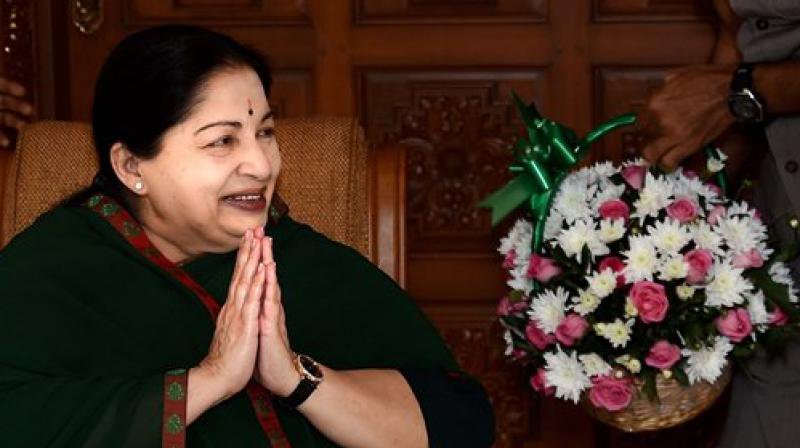
For the BJP, “acche din” have arrived, but this can only be temporary. Politically, 2017 and 2018 will offer it a trial by fire, with the Uttar Pradesh, Punjab and Gujarat elections testing it to the limit. In all three states, the BJP has much to lose, unlike the 2016 assembly elections, where it had much to gain.
On the economic front, while a good monsoon will help, the problem is growth is still not the desired eight percent, and jobs aren’t growing. Some one million people enter the workforce every month, and they will be angry voters in 2019 if jobs aren’t visible shortly.
The problem is the economy is firing only on two cylinders – public investment, and private consumption (with OROP and the Seventh Finance Commission set to fatten government and armed forces personnel’s wallets). The economy can’t really any faster unless two more engines rev up – private investment, and exports.
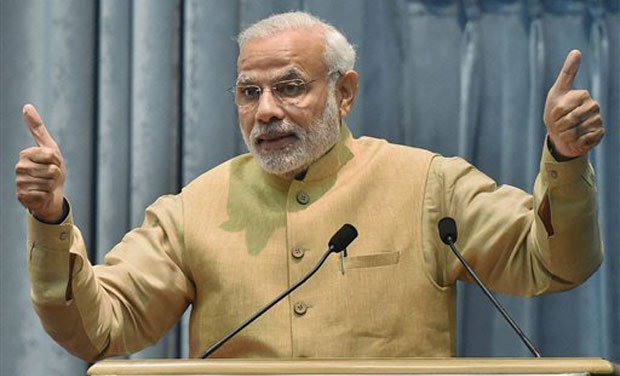
To oversimplify: “acche din” will be visible only when all four engines fire in unison. If the remaining two engines remain kaput, Modi can kiss 2019 goodbye. For people to vote a government back, they need to feel the winds behind their backs, and not on their faces. The Vajpayee-led NDA revived the economy only in the last year of its tenure, and it was too little, too late. Modi has to get the economy to fire earlier; else he himself may get fired by the electorate.
Thankfully, the voter still rates Modi much higher than his party. But that will be poor consolation if the party and Parivar keep slipping on all available banana peels.
The writer is the Editorial Director of Swarajya.
(Feature Image Source : PTI)




